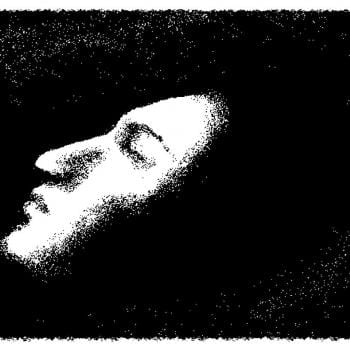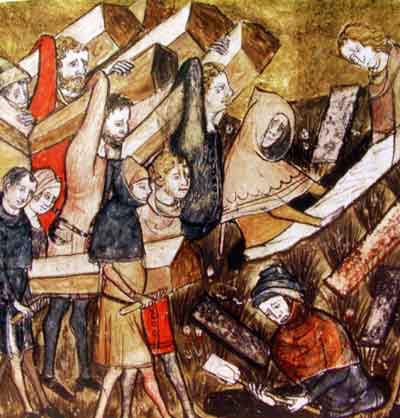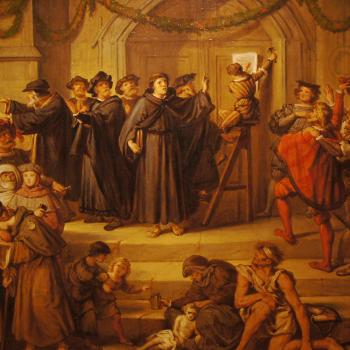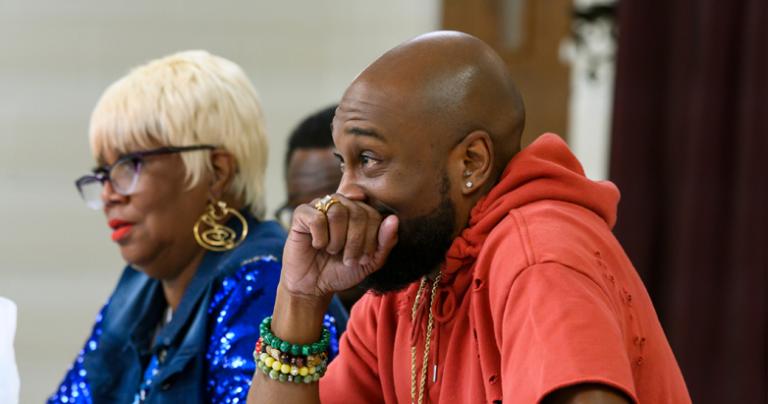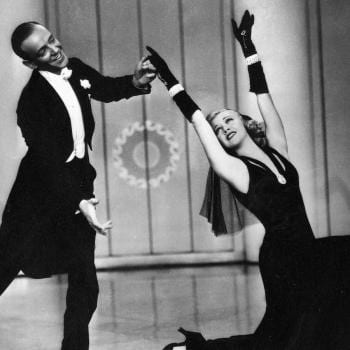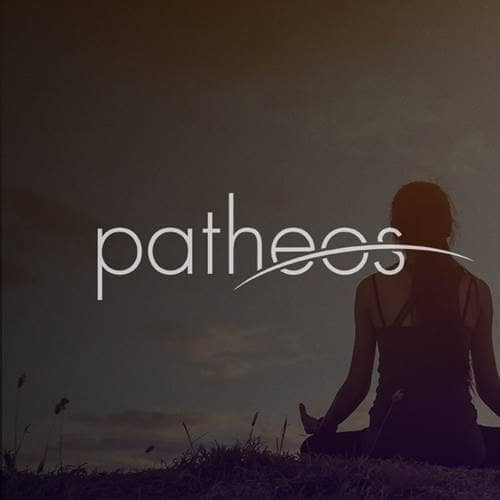- Trending:
- Olympics
- |
- Forgiveness
- |
- Resurrection
- |
- Joy
- |
- Afterlife
- |
- Trump
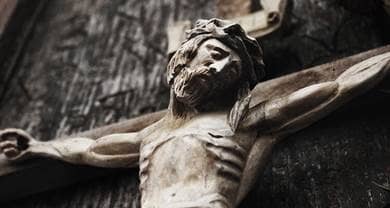
RELIGION LIBRARY
Roman Catholicism
Roman Catholicism is a worldwide religious tradition of some 1.1 billion members. It traces its history to Jesus of Nazareth, an itinerant preacher in the area around Jerusalem during the period of Roman occupation, in the early 30s of the Common Era. Its members congregate in a communion of churches headed by bishops, whose role originated with the disciples of Jesus. Over a period of some decades after Jesus' life, death, and resurrection, the bishops spread out across the world to form a "universal" (Greek, katholikos) church, with the bishop of Rome (traced to the apostle Peter) holding primacy. Today Vatican City — and specifically, Saint Peter's Basilica — stands over the grave of Peter, and the pope is considered Peter's successor. Catholic Christianity began as a persecuted religious community, illegal in the Roman Empire in its earliest days, but within some three hundred years and with the conversion of the Emperor Constantine, it became legal and eventually was recognized as the official religion of the Empire. With the decline and fall of Rome in the 5th century, the Roman Church assumed both temporal and spiritual authority in the West; it thus had enormous influence on the development of the art and culture of the western world through the Middle Ages. Today, its growth is fastest in Africa, South America, and Asia.
Quick Fact Details:
- Formed: The exact date of the beginning of the Roman Catholic Church is indeterminable. While the belief system recognized as Christianity is in place by the first century, institutional structures developed over time. Nor is it possible to distinguish Catholicism as a separate tradition until it can be differentiated from other Christian traditions (most notably, Eastern Orthodoxy and Protestantism). Scholars recognize a variety of significant institutional, theological, and cultural markers in this development:
- 325 — Council of Nicea. The first post-apostolic ecumenical council of the Christian community at which Church leaders formed a creedal statement of belief recognized universally.
- 381 — First Council of Constantinople. This council amended and ratified the Nicene Creed, resulting in the version used by Christian churches around the world.
- 440-461 — Pope Leo I. Many historians suggest that Pope Leo is the first to claim universal jurisdiction over the worldwide Church, thus initiating the rise of the papacy, a uniquely Roman Catholic structure.
- 451 — The Council of Chalcedon. This is the first occasion of an institutional division within Christianity, as those who did not adhere to the conclusions of the Council (referred to as Oriental Orthodox) separated.
- 1054 — The Great Schism. Though the Eastern and Western branches of the Church had long been divided over theological, cultural, linguistic, and ecclesiological disputes, the separation was formalized in 1054, thus creating the first large-scale division within Christendom.
- 16th century — The term "Roman Catholic" is not generally used until the Protestant Reformation, and some historians see the Council of Trent (1545-1563) as a centralizing movement within Catholicism that enhanced the authority of Rome.
- Sacred Texts: The Roman Catholic Church includes in the Old Testament several deuterocanoncial books that Protestants rejected. The New Testament is the same as that used by Christians everywhere.
Quick Fact Sources include www.adherents.com, www.bbc.co.uk/religion, The Oxford Handbook of Global Religions (2006), The Encyclopedia of Religion (2005), the Religious Movements Page at the University of Virginia, The Cambridge Illustrated History of Religions (2002), and the Encyclopedia of World Religions (1999).
Quick Facts
| Formed | 1st - 5th centuries C.E. |
| Adherents | 1,170,000,000 |
| Deity | God (Trinity) |
| Sacred Text | Bible |
| Origin | Roman-Latin Empire |
| Headquarters | Vatican City |



